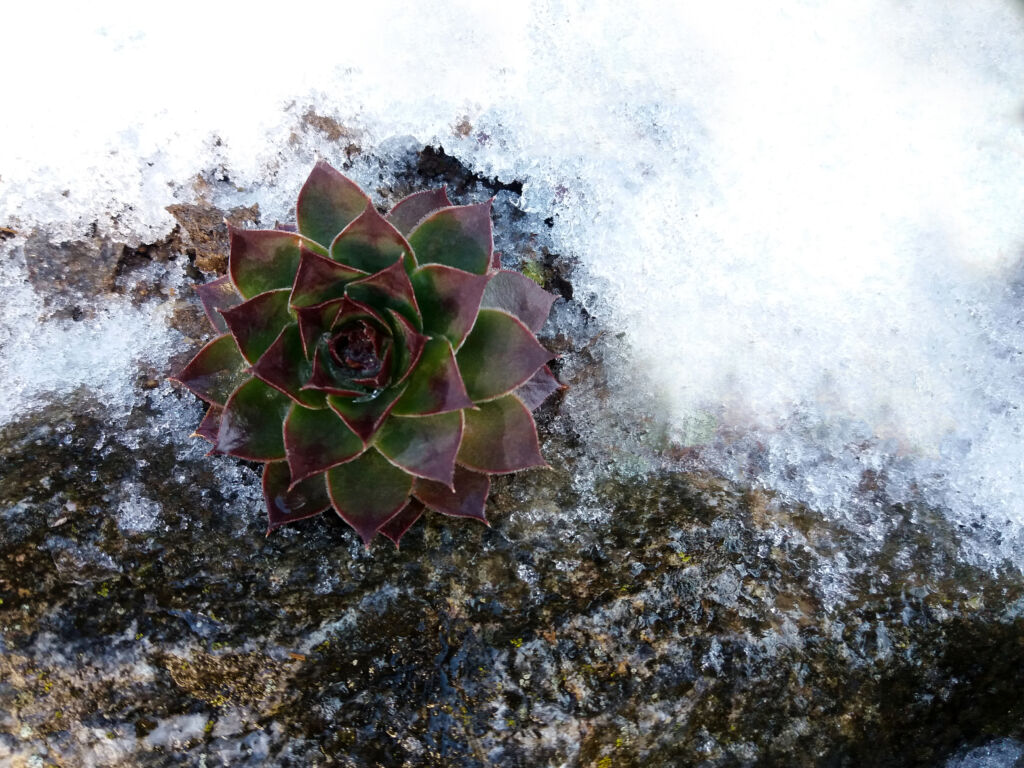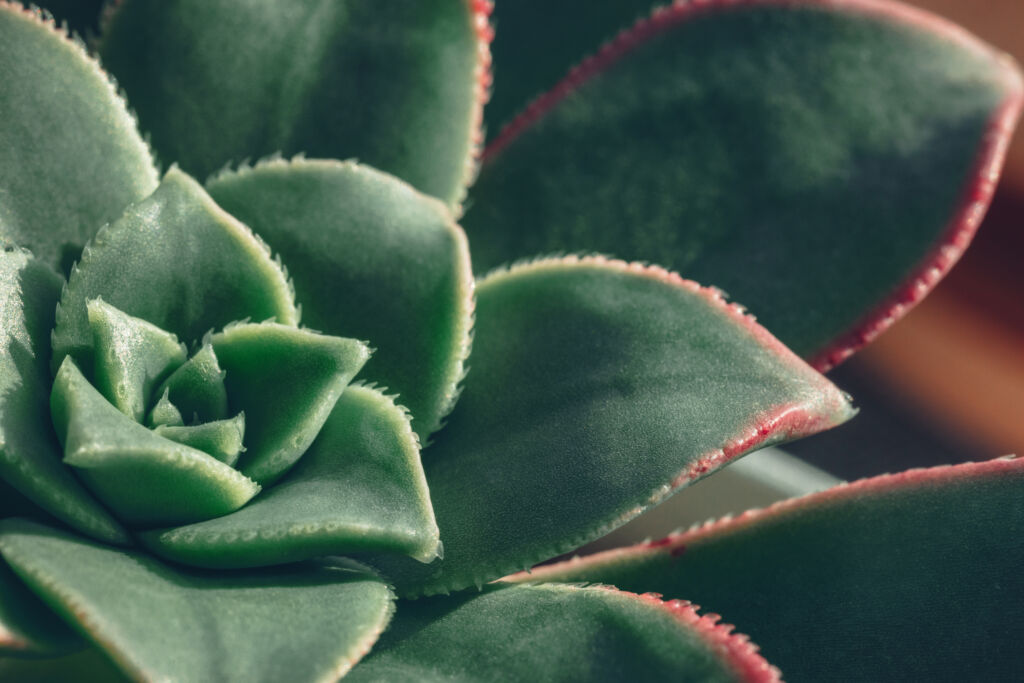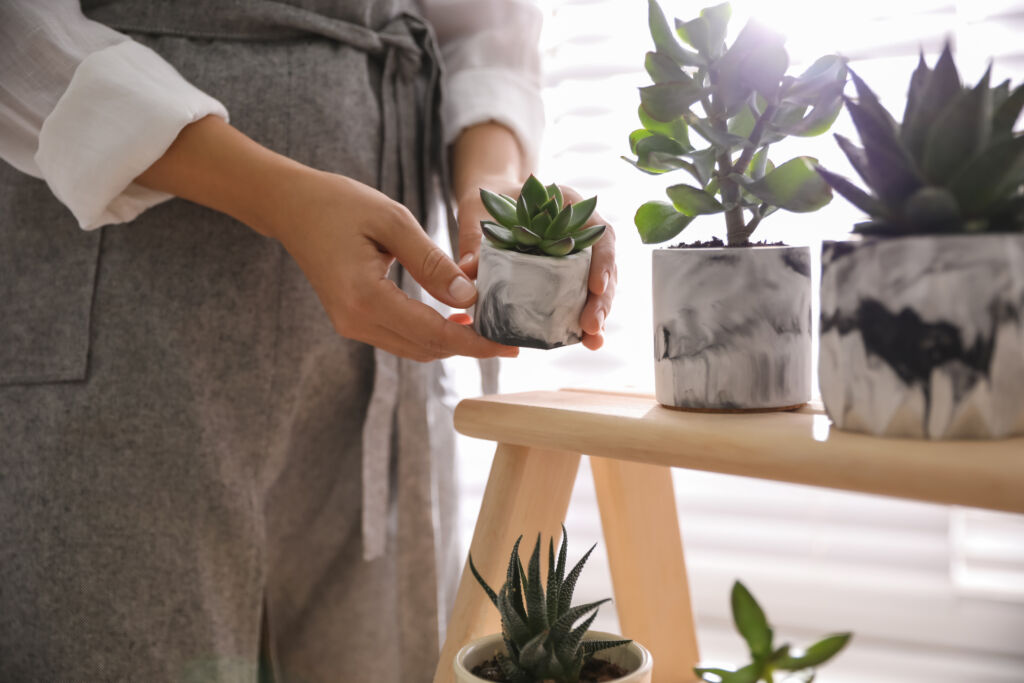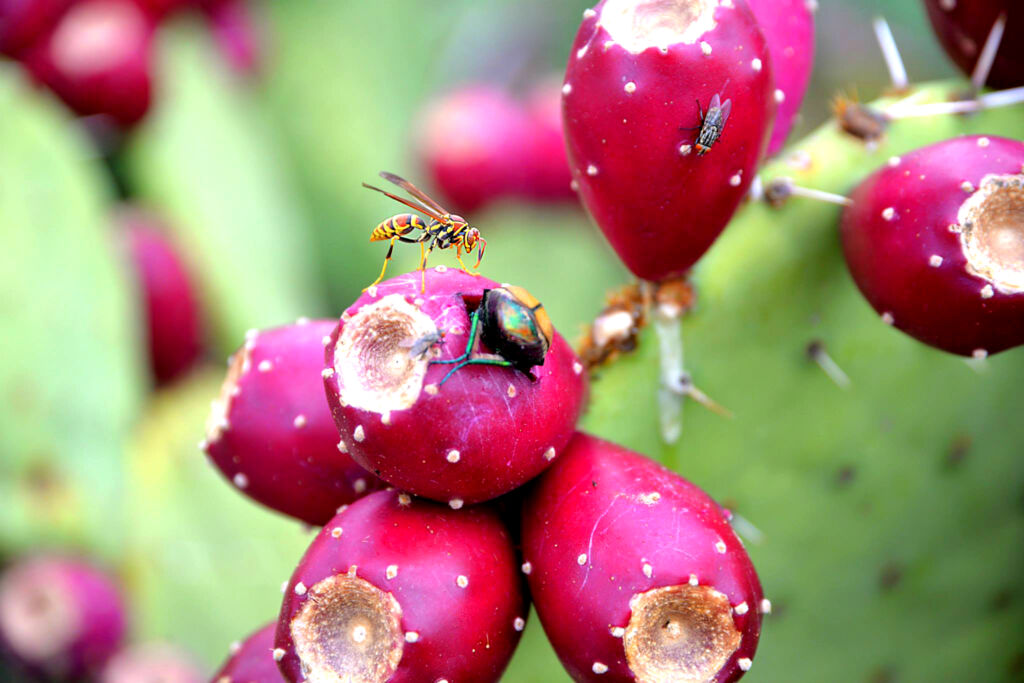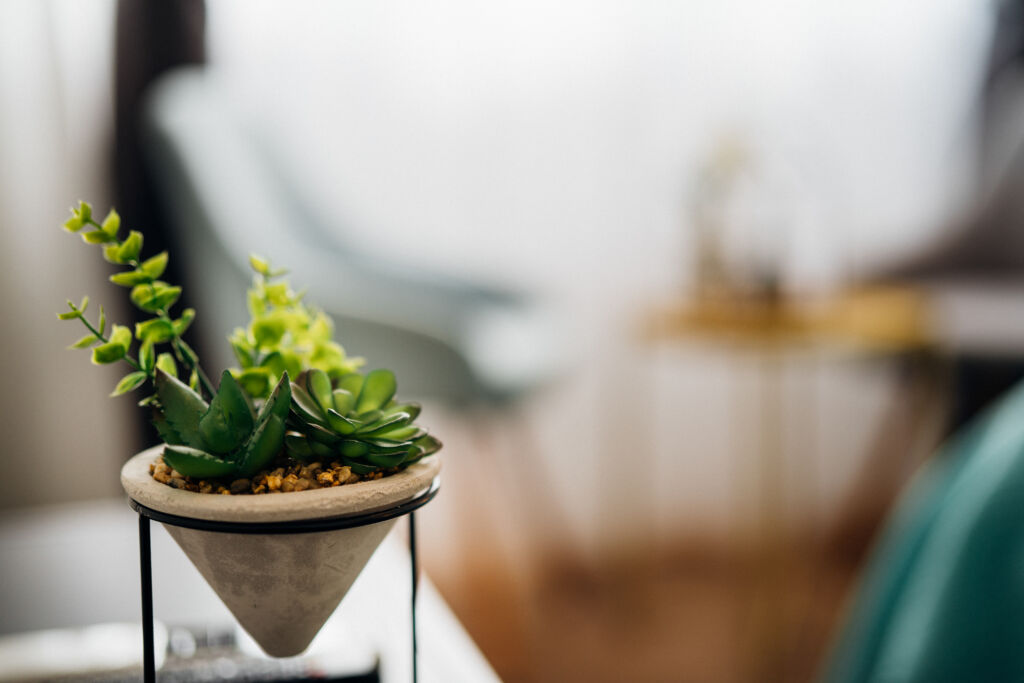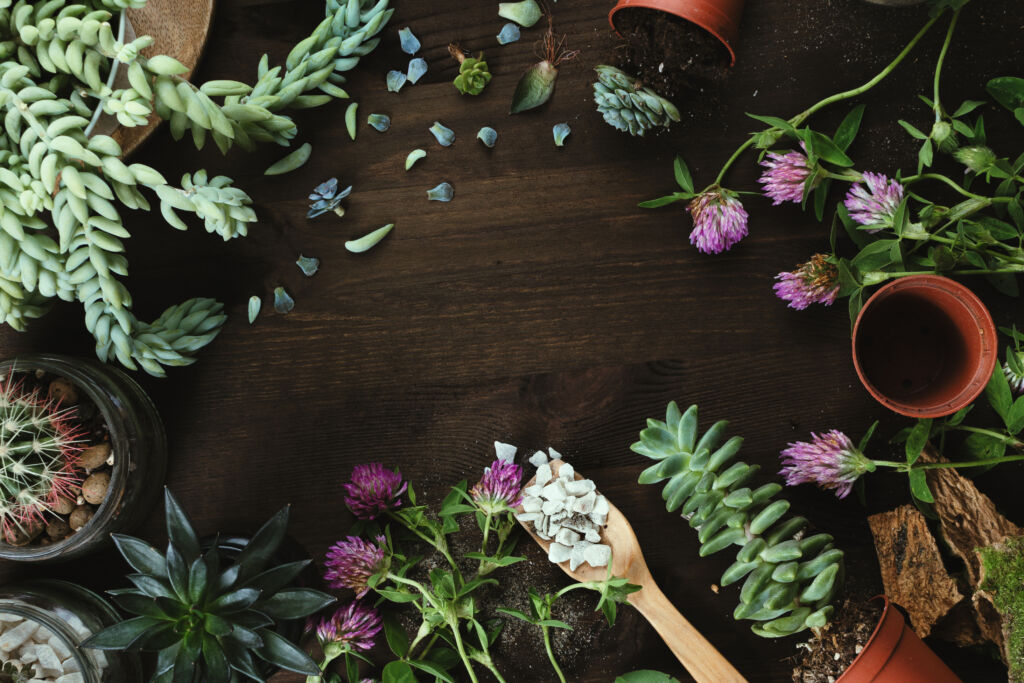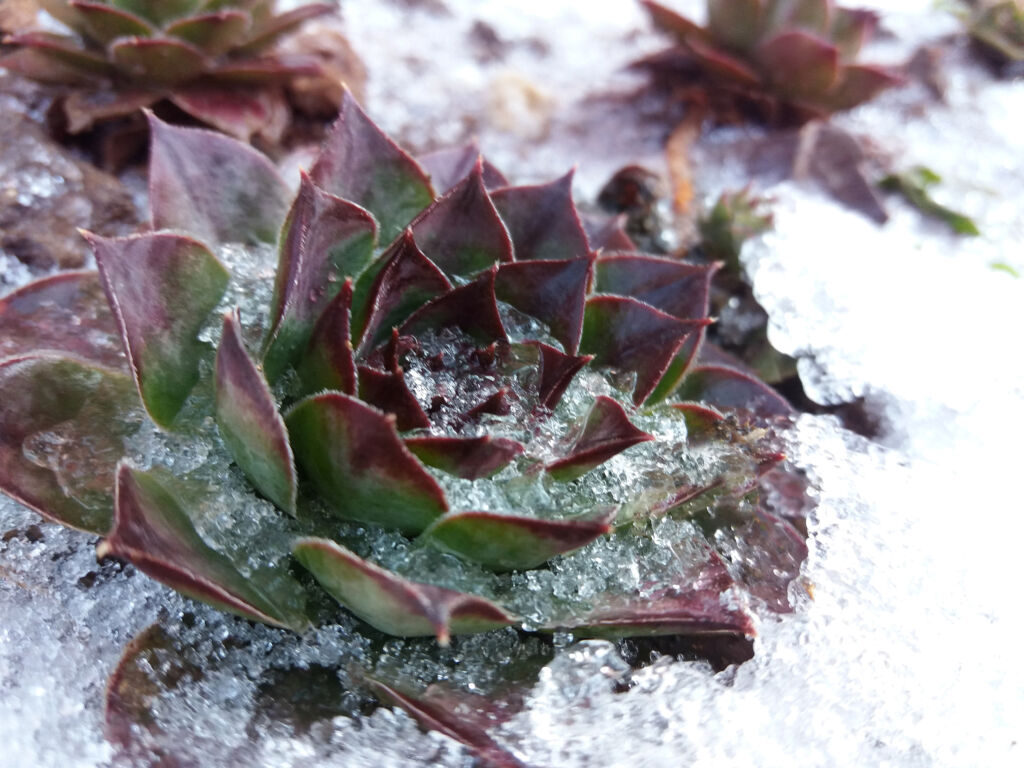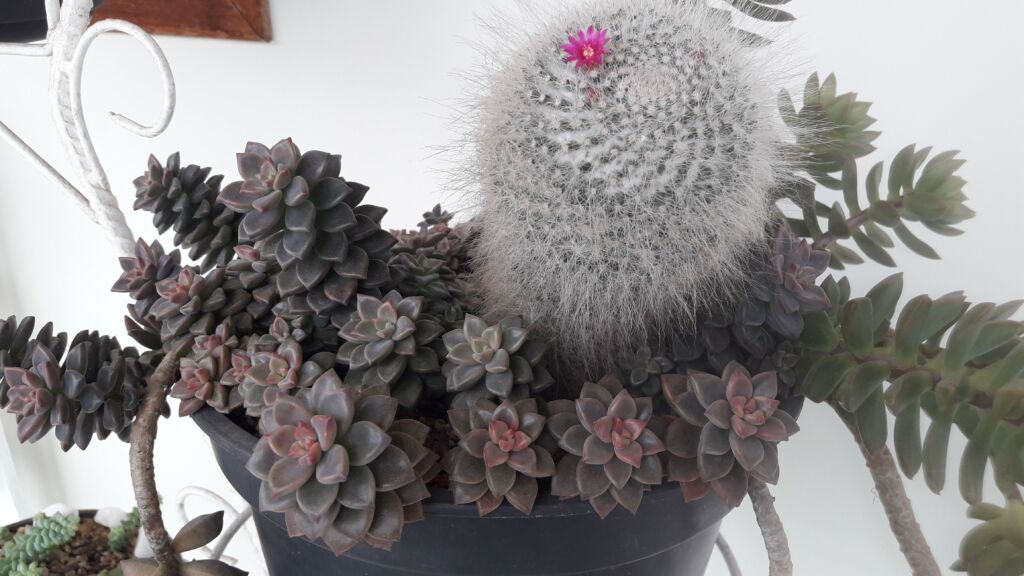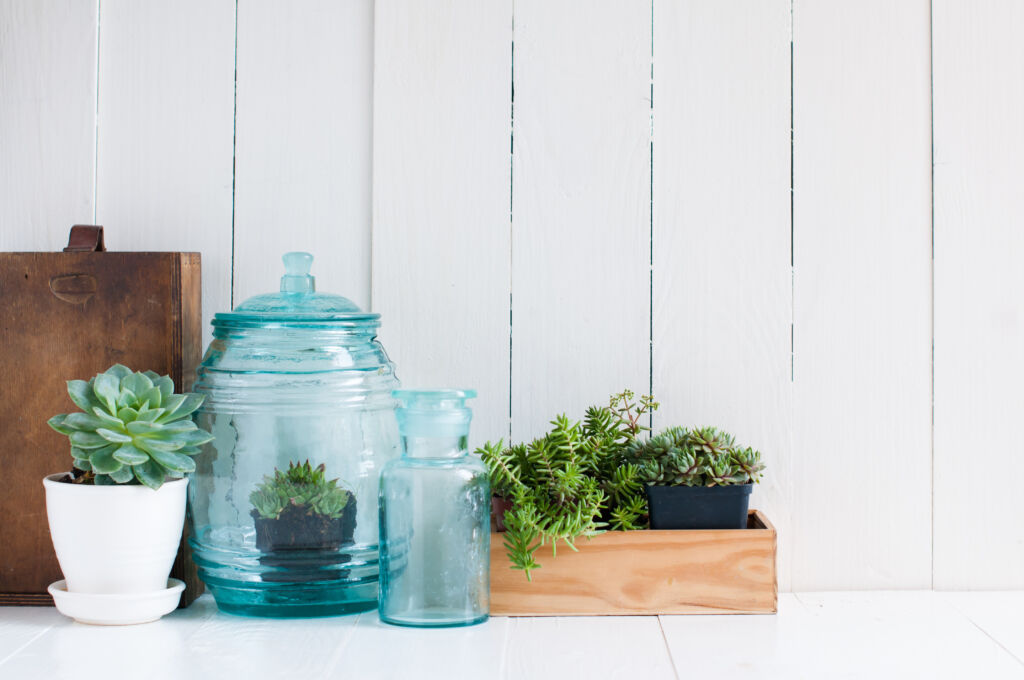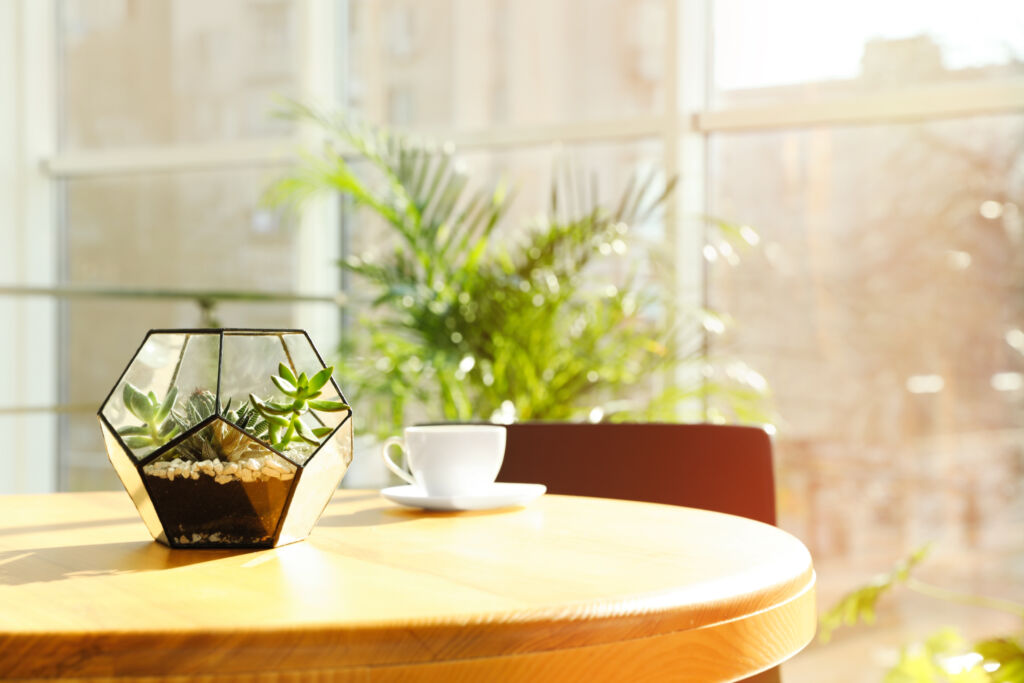HousePlantJoy is supported by our audience. When you purchase through one of our links, we may earn a small affiliate commission. As an Amazon Associate I earn from qualifying purchases. Your cost is not affected.
==================
How To Care For Succulents in Winter
Succulents are one of the best houseplants because they are easy to care for and survive in different climates. Know how to care for succulents in winter and keep your houseplant alive and thriving.
As an indoor gardening enthusiast, you need to learn how to care for succulents in winter. People having a green thumb will have one of these beautiful plants. They are also an excellent option for your first plant. Succulents can help you add natural appeal to your décor. Scientifically, they are also great for boosting your mood.
Succulents can be found in various different colors, shapes, and sizes. You might consider all types of succulents, including cactus. They are one of the easiest houseplants to grow and care for. While some succulents prefer low-light environments, others love to have full sun exposure. These houseplants are perfect for those living in apartments or have a small space. Succulents also require very little water and fertilizer to stay alive.
While these houseplants are hardy by nature, they are still susceptible and need proper care. The last thing you want to see is to look for tips to save your dying plant. So, it is important for you to know what your succulent needs and how to keep succulents alive in winter.
Below, we have bucketed useful tips that will help you learn how to maintain succulent plants and keep them thriving.
How to Care for a Succulent
· Choose the Right Succulent
Since there are various species of succulents, they all prefer different growing conditions. How to care for succulents entirely depends on the type of plant you want to have. If you have a succulent that doesn’t like direct sunlight and prefers low light or shade will play a significant in keeping your plant alive and thriving.
Generally, succulents with bright colors like orange, purple, or red don’t prefer indoor environments. They like having direct sun and enough light that is available outdoors. So, as your first plant, it is great to start with naturally green succulents. Some easy-to-grow and care-for succulents for amateur gardeners are Gasteria and Haworthia varieties.
· Give Enough Light to Your Succulent
Of course, light is important to maintain succulent plants. Providing them with enough light will keep them alive and thriving. If you put your succulent in an enclosed place, they will die. Ideally, if you have an established succulent, it should be exposed to morning sunlight for at least six hours, followed by partial shade for the remainder of the day.
However, if your houseplant is more of a sapling, reduce the exposure because excessive sunlight can cause some harm. Since there are a variety of succulents, some of them, such as succulents from southern regions like yuccas and cacti, prefer more light than others. On the flip, there are succulents like aloe vera and snake plants that prefer low-light environments.
· Water Properly but Less Frequently
One of the common succulent problems that new growers face when trying to take care of succulent plants indoors and keep them alive is watering. Keep in mind that your succulent plant needs a shocking amount of water to stay alive. However, unlike other houseplants, they don’t like to be watered more frequently.
A succulent prefers to have its roots soaked with water but then dry out instantly. After a few days, you can water it again if you notice dry soil. For watering, try to find a water sprayer. Lightly spraying your succulents with water will help keep your plants surviving for longer periods. So, if you really want to keep succulents alive, follow the “soak and dry” strategy.
When to water?
For your indoor plants, don’t water them daily because it’s the quickest way to kill your succulents. Moreover, also keep in mind that during the dormant period, succulents don’t need much water. Usually, it happens during cooler temperatures. Your succulent stops growing actively during cooler months, and you don’t use much water.
At HousePlantJoy, we get plenty of emails from people who worry about leaves witling and shriveling up of their succulents. So, here is a little tip, just like any other houseplant, it is natural for lower leaves to shrivel up and die.
However, if you notice uppermost or newest leaves on your plant are shriveling, that’s a worrying sign. However, for leaves closest to the soil, you don’t have to worry.
· Good Drainage is Important to Keep Succulents Alive
Your succulents don’t like to sit in soggy soil. You should not use a glass container, a terrarium, or a glass jar to grow succulents. These containers (especially glass containers) don’t have the ability to drain water out, which will make your plant unhappy.
Additionally, another disadvantage of using glass containers is the lack of breathability. Good airflow is important to form healthy roots and maintain succulent plants. I strongly recommend staying away from glass containers unless you are confident in your watering skills or know your succulents very well.
Here is how to choose the best container for succulents:
-
Size
Choosing the right size of the container is critical to keeping succulents alive and thriving. Firstly, look for a container that should be large enough and encourage plant growth. However, avoid using oversize containers because it can cause your plant’s fragile roots to spread before your plant has time to grow.
Similarly, a small container will leave no room for the roots to spread. An ideal container has a circumference that’s 5 to 10 percent larger than the size of your plant. Additionally, look for a container that has a couple of inches of extra room around the sides.
-
Style
While you can have a pot that matches your taste and décor, you should also consider your succulent’s physical characteristics. If you want to have a succulent with an uprising growing style like aloe vera, look for a tall pot. For low-growing succulent varieties like Echeveria, small pots are perfect.
Don’t forget the spillers, such as the string of pearls with trailing growth characteristics. It is always nice to have shallow pots or hanging planters for such plants.
-
Material
You can find pots made from different materials. However, metal, ceramic, terracotta, plastic, wood, and resin are the most common ones. For your succulents, I recommend using pots made from ceramic or terracotta.
It is because both of these materials are best for breathability, which is important for proper air circulation and water drainage. The only downside of these materials is that they are heavy and get heavier when you add soil.
You can have pots made from resin or plastic for larger succulents that you move around. These pots are lightweight and will save your back when you move your plants around.
-
Drainage
Good drainage is one of the most critical factors to care for succulents in winter. Remember that succulents don’t like to sit in water or soggy soil. This is important even before you plan a watering routine. Pots with poor drainage can let the water pool at the bottom, eventually putting your succulent at the risk of root rot. Regardless of design, a pot with drain holes at the bottom is the best for succulents.
· Be Aware of Bugs
Bugs are not a problem if you already know how to take care of succulent indoor plants like watering, airflow, and watering requirements. However, if you have bought a succulent affected by bugs, they can kill your plant.
Gnats are one of the common bugs. They grow when you have a pot with poor drainage, and the soil stays wet for longer periods. You can save your plant from gnats by using a pot with proper drainage to let the sole dry.
Additionally, mealy bugs are another common threat that can cause harm to your succulents. In order to prevent these, use rubbing alcohol spray and pour it over the soil.
· Reposition Your Succulent
Regardless of wherever you place your houseplants, odds are one side is not getting even light. Over time, this can impact the growth of your succulent, letting it grow only in one direction. You can prevent this by repositioning your plants so often. This will make your plants look better and promote their growth.
· Fertilizing Your Succulents
People often think that they don’t need fertilizer to feed their succulents. However, like any other houseplant, succulents can benefit from fertilizing. While they can get essential nutrients from the soil, feeding fertilization to your succulents will encourage healthy growth and let them produce better colors.
Make sure to not feed a fertilizer that is too strong, or else it will burn your succulents. Using a medium fertilizer every few months can keep your succulents thriving.
So, how often do you need to feed fertilizer to your succulents?
While it is best to fertilize your succulents once a month, they can grow well with one fertilizing once a year in the spring. For succulents, that’s when their growing period starts, and they need added nutrients. However, if you have a winter-growing succulent, fertilizing it in the fall is recommended.
· Fertilizing Indoor Succulents
I have researched a lot to know whether indoor succulents need fertilizer. Ultimately, I found that fertilizing once a year in spring is enough for indoor succulents. Feeding fertilizer to indoor plants boosts their growth rate and can cause stretching if they aren’t getting proper light.
So, after you fertilize your plants, try to reposition succulents to a bright spot to let them stay compact and enjoy the boost of nutrients.
How to Care for Succulents in winter
With winter just around the corner, it is important to learn how to care for succulents in winter. So, how hard is it to maintain succulent plants during winter?
Well, since succulents are often considered drought-tolerant plants, they can survive in a variety of temperatures and can tolerate frost. They can thrive in snowy weather or extreme temperatures when they bring out stunning and vibrant colors. Some cold-hardy succulents belong to the Euphorbias genus, Sedum, and Sempervivum.
However, there are soft succulents that are susceptible to frost. You have to winterize them indoors during colder months if you have such succulents. Here is how to keep succulents alive in winter by winterizing them.
· Winterizing Succulent Plants
Before putting your succulents indoors, you have to use surface insecticide to spray them. You should do this a couple of weeks before you put them indoors. The prep work will help keep the pests at bay.
Next, remove dead leaves, debris, and weed to prevent infestation. If you see flies gathering around your succulent, change the soil. Otherwise, they will spread around and harm nearby houseplants.
Lastly, ensure that your plant has well-draining soil and a container with proper drain holes. Succulents also need good air circulation to form healthy roots since the outdoors provide better airflow. You can add perlite or pumice to enhance drainage of potting medium.
Lastly, in addition to these steps, gradually reduce watering. Lower temperatures and less water will help your plants go dormant to survive in colder months.
· Bring Your Succulents Indoors
When you bring your succulents indoors, they need less water until the soil dries out. During colder months of the year, water them sparingly to avoid hydration. In addition, also make sure to keep the temperature between 50 to 60 degrees.
Moreover, in order to care for succulents in winter, make sure to provide your plants with enough light. If your succulents have been kept outdoors for so long, they have gotten used to bright light. So, it is ideal for mimicking these conditions indoors.
Placing your plants near a sunny window can provide your succulents with 6-8 hours of bright light. Alternatively, you can also use growth lights for succulents. In this regard, fluorescent lights are the best that let plants unstressed and healthy.
When to Bring Succulents Indoors?
Since most succulents prefer hot and arid environments, surviving in freezing temperatures can be rough. Some succulent species, such as Aloe, Crassula, and Echeveria, require frost protection when less than 45 degrees.
Genus apart, it is not good to let your plants be exposed to freezing temperatures. That’s because succulents store water inside their stems, trunks, and leaves. Water will expand and burst through the cells’ membrane when the temperature drops and kill your plant.
Sensing lower temperature and shorter days, you succulents know that winter is coming. However, you can trick your plants by winterizing them. Before the temperature gets freezing, bring your succulents indoors and take good care of them.
How to Keep Succulents Alive in Winter?
Winterizing your succulents is critical before you bring your plants indoors. Once you have removed dead leaves, changed the soil, and watered sparingly, it is now time to take care of succulent indoor plants indoors. The level of caring for your succulents depends on whether the plant is summer or winter dormant.
For dormant summer plants, they need more water. It is best to water your succulents when the soil is dried out. Additionally, since the air circulation indoors is not the same as outdoors, the soil will take longer to dry. In order to speed up drying, you can place your plants close to a heating vent.
Another tip to maintain succulent plants in winter is to provide enough light. It is best to put your succulents near a window so they can receive indirect sunlight all day. Since days get shorter during winter, your plant will need at least 6 hours of indirect sunlight.
More than just alive…they thrive!
When you know how to keep succulents alive in winter and how to main succulent plants, your plants bring extra love to your home. They are naturally hardy plants and can survive in different conditions. However, they still need proper care to produce more beautiful and vibrant colors. I’m sure that the above tips will help you take proper care of succulent plants indoors to keep them thriving.
FAQs
How to grow succulents?
Growing succulents is easy as they can survive in different environments. For proper growth, make sure to provide them with enough light and water sparingly.
Do you have to put pebbles for succulents?
Putting pebbles for succulent help break up the force of water and save your plant from root rot. Pebbles are also useful for preventing soil erosion caused by rain or excessive watering.

